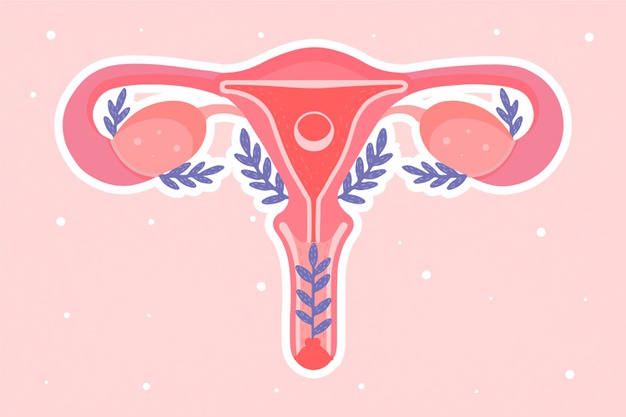Cervical Erosion (Cervical Ectropion)
Cervical Erosion Definition:
It is a condition that affects cervical cells, when the inside cells (called glandular) appear in the outside of the cervix.
It is usually not harmful.
It also does not harm the fetus if pregnant.
Symptoms:
Usually no symptoms.
But if any, they include:
1. Vaginal mucus discharge.
2. Red cervix.
3. Bleeding during and after sex.
4. Spotting between periods.
Causes:
1. Cervical laceration during labor and delivery.
2. Hormonal changes due to:
a. Birth control pills.
b. Pregnancy.
c. During puberty.
Diagnosis:
It is usually diagnosed by chance when doing a routine pelvic exam.
Some tests can be done such as Pap smear to exclude cellular changes.
Cervical Erosion Treatment:
1. Usually no treatment is needed.
2. If symptomatic (excessive mucus discharge or bleeding), treatment can be offered.
3. Stopping taking oral contraceptives.
4. Boric acid vaginal suppository (600 mlg) is optional, but not available in KSA.
5. Cauterization of the top layer of the cervix:
It can be by heat, cold or using silver nitrate.
It takes few minutes under local anesthesia.
The patient is advised to avoid intercourse for a month after this treatment.
This treatment might cause mild pain, bleeding and discharge, usually stop after 1 – 2 weeks.
Contact your doctor if any of the following happened after treatment:
1. The discharge smells bad.
2. Severe pain.
3. Prolonged bleeding.
4. Heavy bleeding (heavier than regular period).
Cervicitis
Cervicitis Definition:
It is an inflammation of the cervix which becomes red, swollen with mucopurulent discharge and bleeding.
It might spread and reach the uterus and fallopian tubes with subsequent infertility.
Causes:
1. Sexually transmitted infections. Example: Gonorrhea, Chlamydia, or rarely genital Herpes and trichomoniasis.
2. Bacterial imbalance in the vagina (bacterial vaginosis).
3. Hormonal imbalance.
4. Allergy from using spermicides, vaginal hygiene products, contraceptive cream or perfumes.
5. Infection from using tampons or pessary.
6. Radio therapy.
Symptoms:
Usually no symptoms,
But if any, it can include:
1. Vaginal purulent discharges .
2. Pain during intercourse.
3. Bleeding between periods or after intercourse.
4. Pain during urination, in the back or abdomen.
Diagnosis:
It is usually diagnosed by chance during a routine pelvic exam.
1. Pap smear might be performed to collect a sample of the cells in the cervix.
2. A sample of the discharge might be collected.
3. Pelvic exam for any swelling or abnormalities.
4. Tests for sexually transmitted disease might be done also.
Cervicitis Treatment:
1. If allergic cause, stop the allergen.
2. Antibiotics for both the lady and the partner if the cause was sexually transmitted diseases such as chlamydia or gonorrhea.
3. Antiviral medication in case of genital Herpes.



